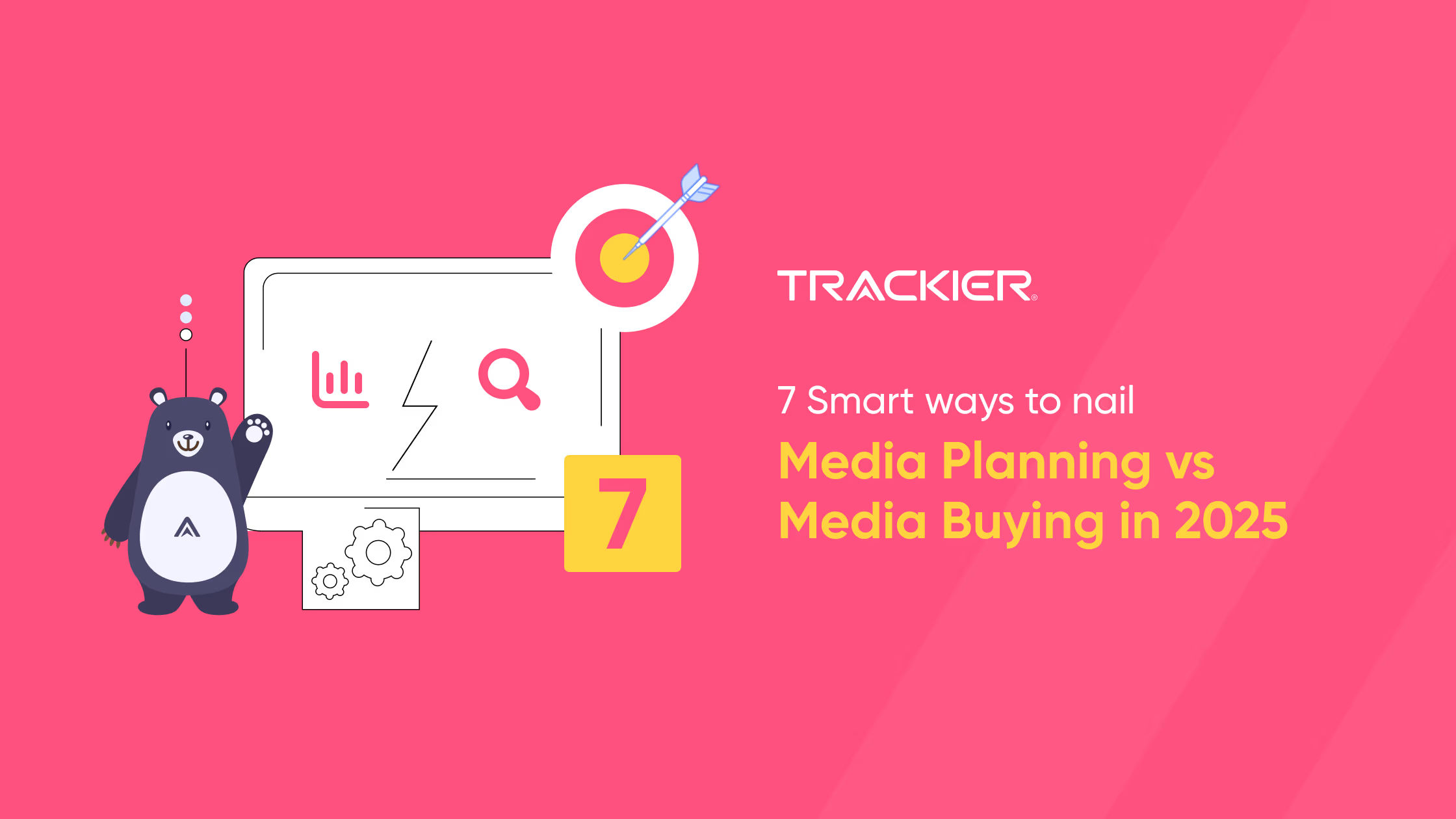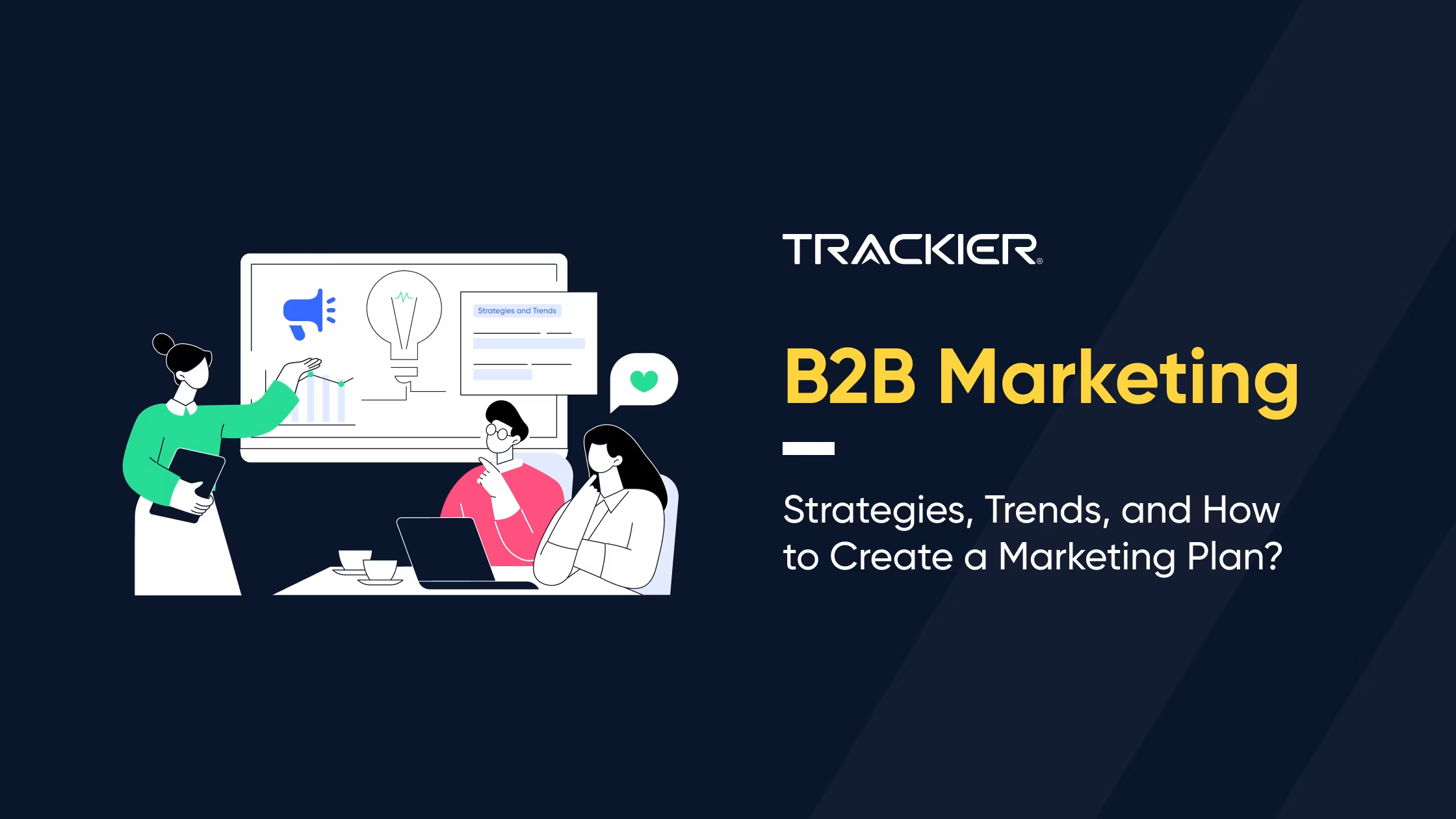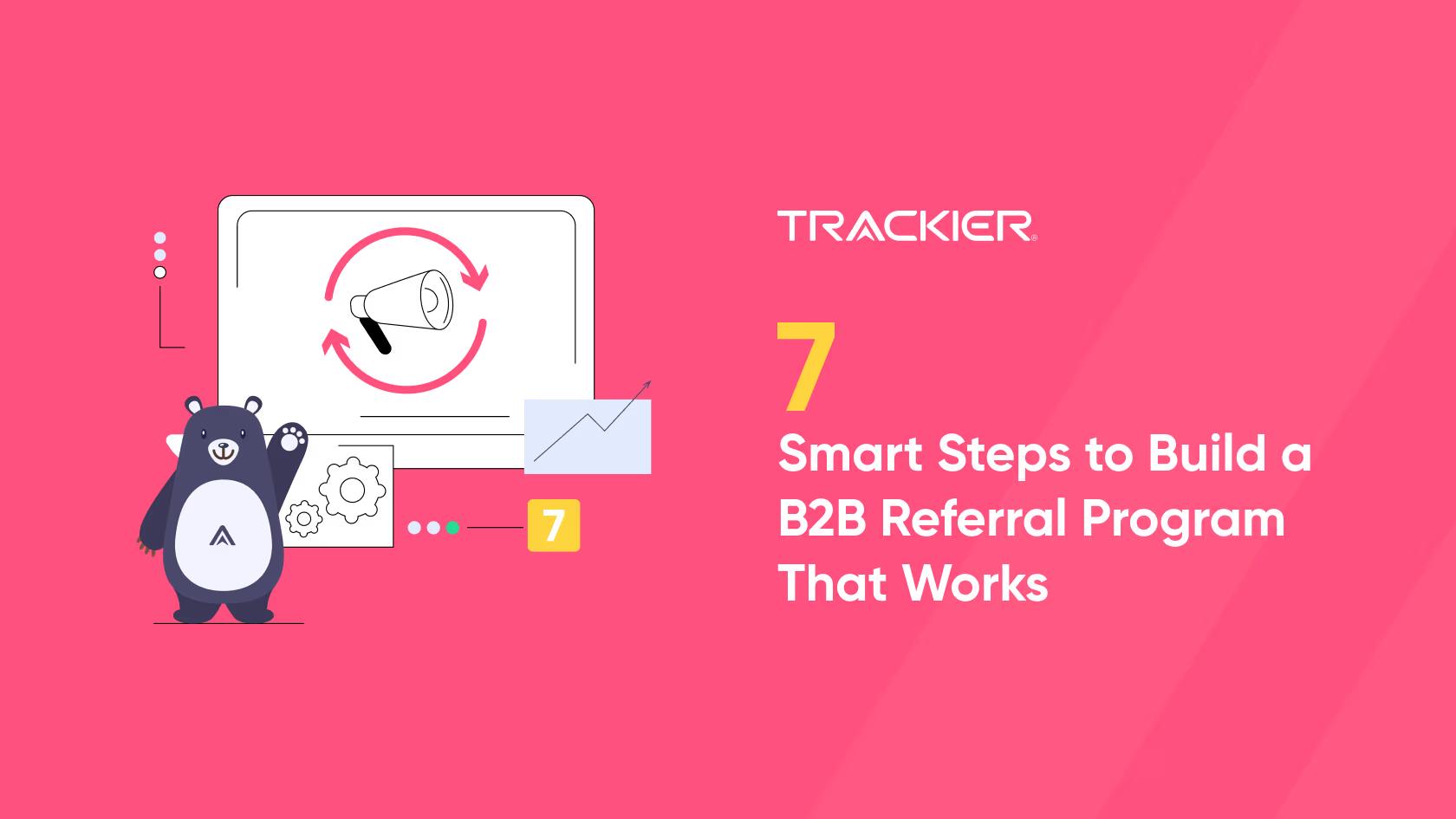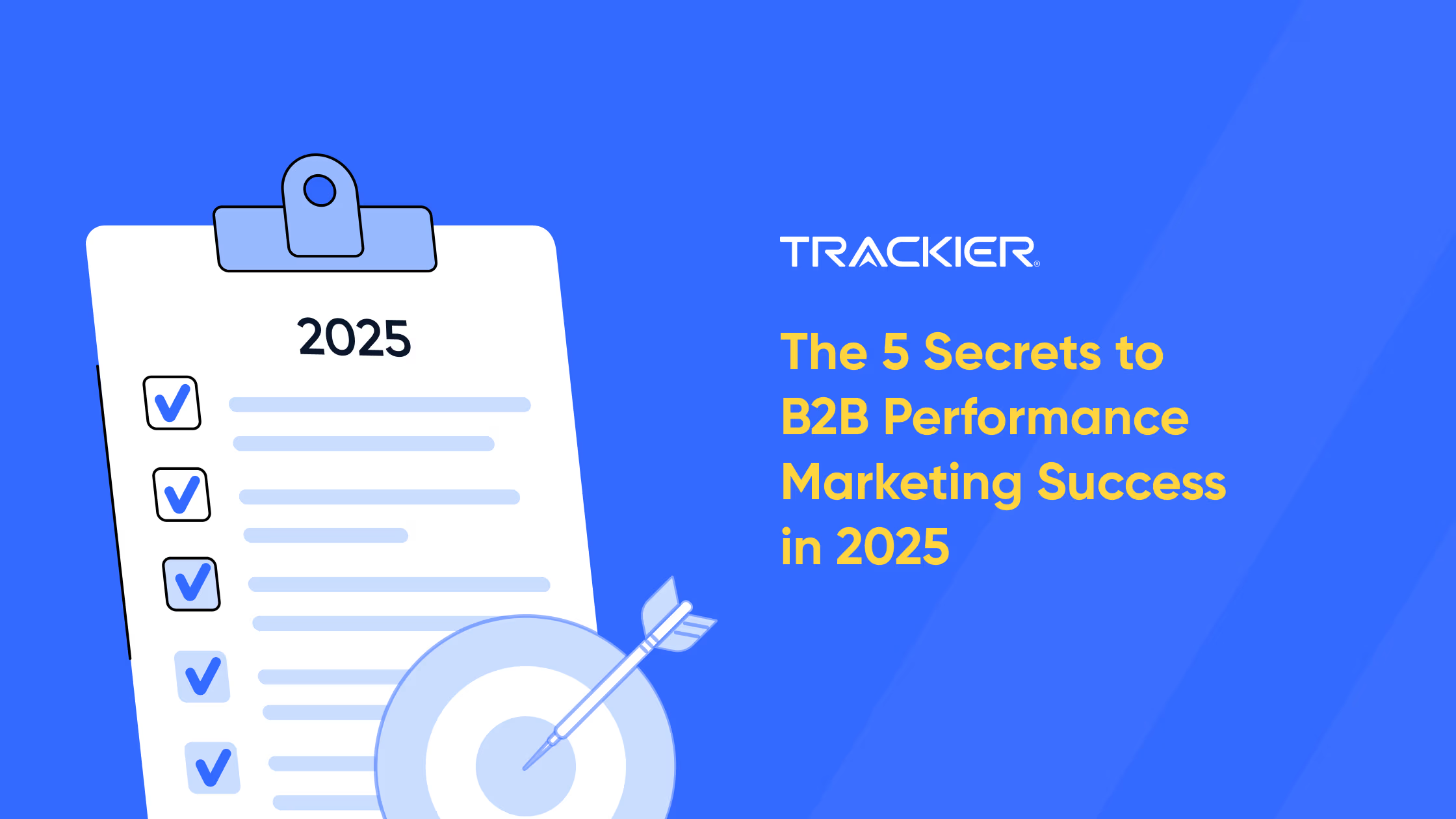
What Is Pay-Per-Call Marketing? A Complete Guide for Advertisers & Publishers
Efficiency is the key role designated for every pay-per-call marketing, and do you know why? We need to understand the dynamics of this prototype and test it for the resonance of every marketer out there. This is where the whole marketing strategy strikes and functions based on it. Understand it as a mode of the work when you have to be accurate and simply aligned with the concept of the real thing and what spikes the marketers is that they











